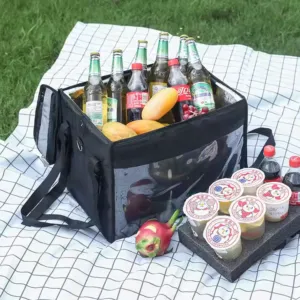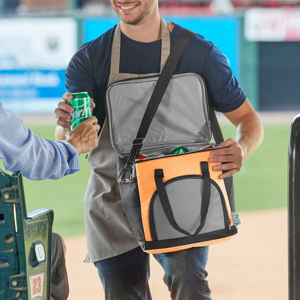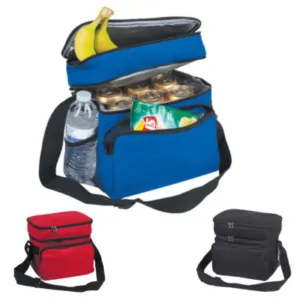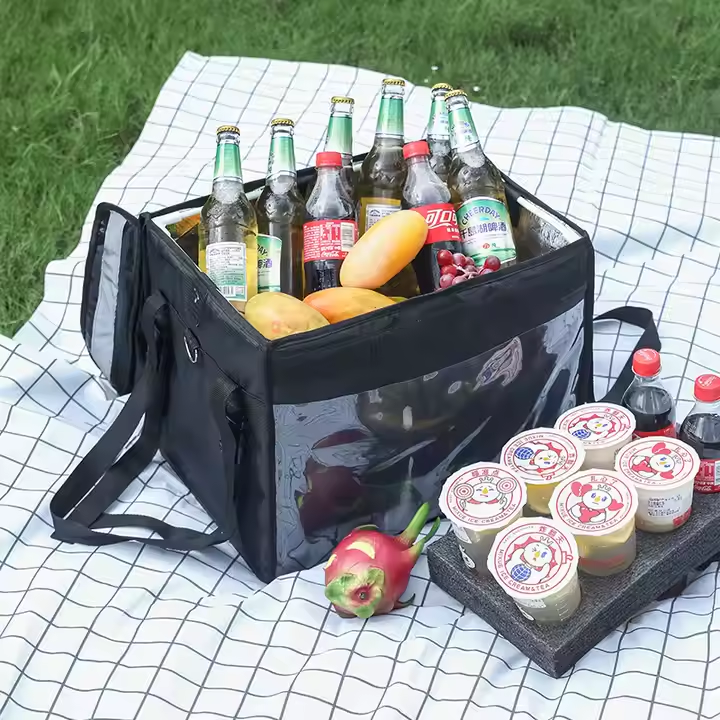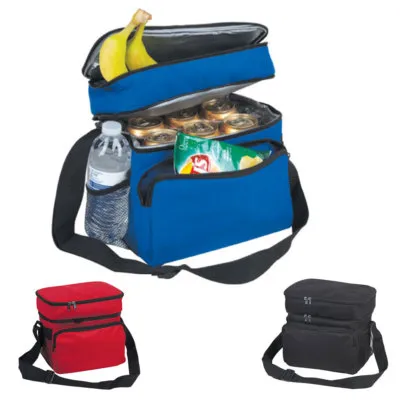Proper care is key to preserving the functionality and appearance of non-woven bags. This article provides practical tips to help users store and transport these eco-friendly bags effectively, maximizing their longevity and supporting sustainable reuse.
To extend the life of non-woven bags, store them in clean, dry conditions, clean them before storage, and organize them to avoid damage.
Apply these strategies to keep your bags durable, hygienic, and ready for reuse.
Store in a Cool, Dry, and Clean Environment
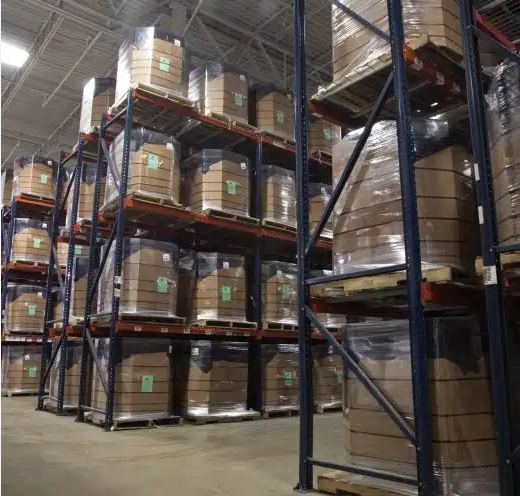
Dive-Deeper paragraph:
Non-woven materials can degrade when exposed to sunlight, humidity, or extreme heat. Keeping bags in a clean, dry place like a closet or cabinet protects them from UV damage, mildew, and odor development. Avoid outdoor storage or garages, as these environments fluctuate in temperature and humidity. Use bins, shelves, or hanging systems to prevent bags from gathering dust or getting crushed.
Storage Environment Guide
| Condition | Impact on Bag | Recommendation |
|---|---|---|
| Direct sunlight | Weakens material, fades print | Store in shaded indoor space |
| Humid or wet places | Causes mold and odor | Use dry, ventilated locations |
| Dusty environment | Soils fabric | Keep in closed containers |
Clean and Dry Thoroughly Before Storage

Dive-Deeper paragraph:
Even if used lightly, non-woven bags can accumulate dust, food crumbs, or moisture. Cleaning after use helps prevent stains, bacteria buildup, and unpleasant smells. For minor dirt, a damp cloth works well. For tougher stains, gentle handwashing is ideal. Never store bags while damp—doing so may lead to mold growth and fabric damage. Always allow bags to dry completely, preferably in open air, before folding and putting them away.
Cleaning Tips
| Situation | Cleaning Method | Drying Advice |
|---|---|---|
| Light dirt/dust | Wipe with damp cloth | Air dry indoors |
| Food stains | Handwash with mild soap | Dry completely before folding |
| Heavily soiled | Soak gently, rinse and air dry | Avoid machine drying |
Fold Neatly and Organize to Prevent Damage
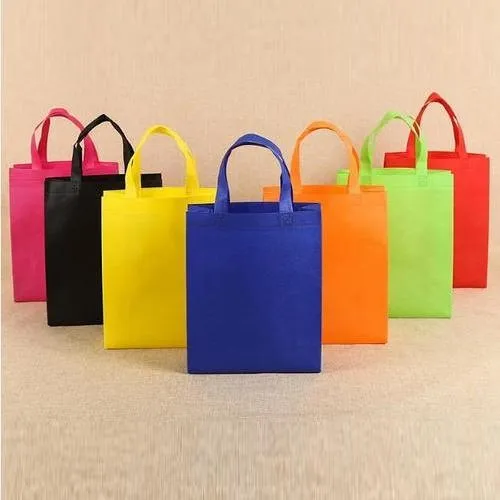
Dive-Deeper paragraph:
Improper folding or cramming non-woven bags can cause creases that reduce durability over time. To store efficiently, fold bags flat or roll them loosely. Hanging them on hooks is even better for preserving their shape. Use dividers, pouches, or storage baskets to prevent tangling or contamination. During transportation, stack bags flat and avoid overloading them beyond their intended weight capacity to reduce the risk of tearing.
Organization & Transport Tips
| Task | Method |
|---|---|
| Folding | Fold along original lines or roll |
| Long-term storage | Use hangers or storage bins |
| During transport | Stack neatly, avoid sharp objects |
| Heavy loads | Respect bag's weight limits |
Conclusion
Storing and transporting non-woven bags properly ensures they stay clean, functional, and presentable for repeated use. At JiaRong Packing, we design our bags with durability in mind, but even the best bags need proper care. Following these simple tips helps reduce waste and extend the useful life of your bags.
What’s your go-to method for storing reusable bags? Share your ideas and experiences in the comments!



